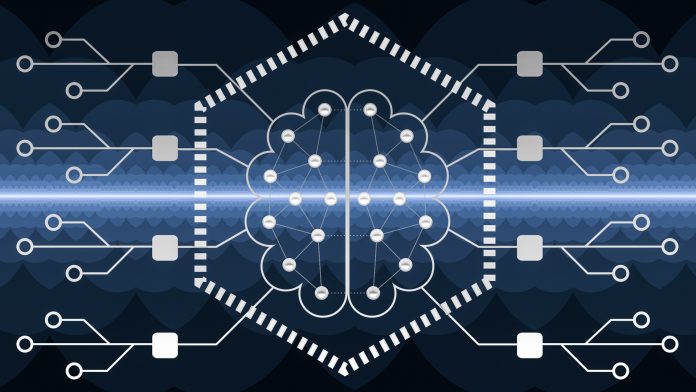Researchers say that photonic scanning technologies that identify biometric signatures are essential to ensuring digital trust.
According to Dr Peter Seitz, Managing Director of the ETH Innovation and Entrepreneurship Lab, photonics scanning technologies that identify unique biometric signatures in a fraction of a second are essential for addressing digital trust.
Amid concerns that European citizens and nations are increasingly losing sovereignty over their identity to mega US-based internet corporations like Facebook, Google and Amazon, photonics technologies hold many exciting opportunities to address current and next-generation issues on ‘digital trust’.
One of the most promising approaches to correct this deficiency in digital trust is to adopt the dependable mechanisms of authentication from the real world for the digital world, as pioneered for example by the newly created Centre for Digital Trust at ETH Zurich and the University of Bonn.
While it has become much too easy to send messages under an assumed, rogue identity, it is possible to sign digital data with a certificate. These certificates are not issued by official authorities of nations but rather by one of 1400 largely private certification centres – which can, of course, be infiltrated.
Biometric information
A key capability is the recognition of an individual by acquiring a multitude of biometric information about this person in a non-contact way.
Whether this is the three-dimensional shape of a person’s face, the unique pattern of an iris or the blood vessels in the retina, or the 2D/3D distribution of a person’s veins in her forearm – most of this non-contact anthropometric information is acquired with specialized cameras that make use of photonics.
Photonic authentication is already underway with the introduction of a Chinese facial recognition ATM (automatic teller machine).
Value chains
The critical path to digital trust based on photonic anthropometrics requires the close interaction of players from academia, industry and nations’ authorities.
It must cover the complete value chain from novel biometric authentication features, the development of new active and passive photonic components with the required performance, the integration into affordable miniature photonic data acquisition systems, the combination with pattern-recognition techniques (possibly AI-empowered), the verification of the integrity and identification performance of these photonics-based identification solutions, as well as the integration of these solutions into each nation’s personal identification/authentication framework such as passport departments.
In the long term, secure personal identification will be possible based on non-anthropometric photonic measurement techniques, such as “breath recognition” – as encountered in animals leaving their individual scent marks.
Trust in photonics
Because of the required geometric resolution (around 100 microns in all three dimensions), the demanded cost-effectiveness of the complete anthropometric system (less than €100/$110), the data acquisition speed (a fraction of a second for a complete 3D scan) and the power efficiency required for mobile solutions (power consumption not exceeding more than a few mW), a photonic implementation is clearly the method of choice over other techniques making use of ultrasound, radar, THz radiation or magnetic imaging.
It is obvious that a workable solution must consist of an intimate integration of photonic imaging technique and embedded software – possibly based on Artificial Intelligence – for the recognition task.
Depending on the photonic authentication technique, different light sources, sensor types and passive optical components are required, working in different wavelength bands, from the visual over the near-infrared to the mid-infrared spectral range.







